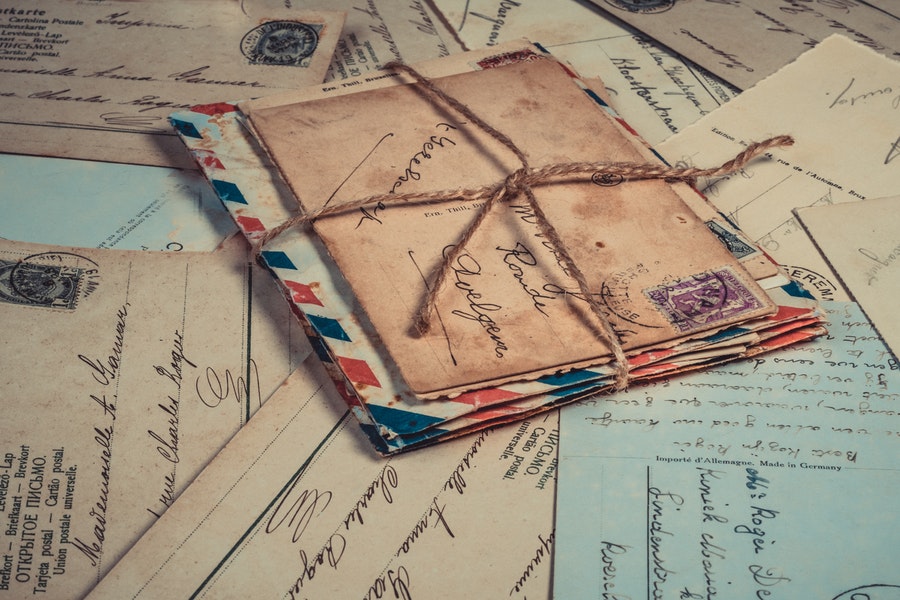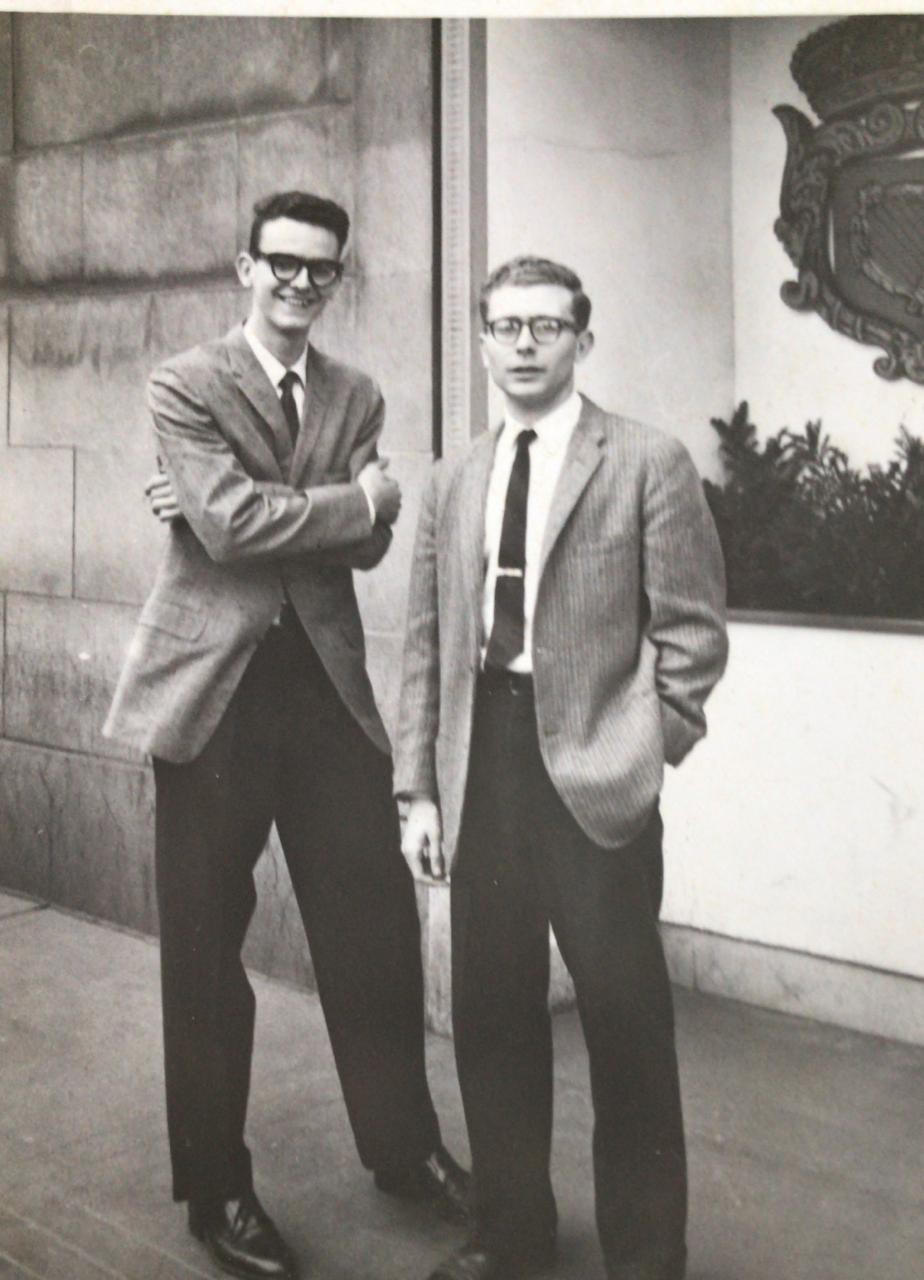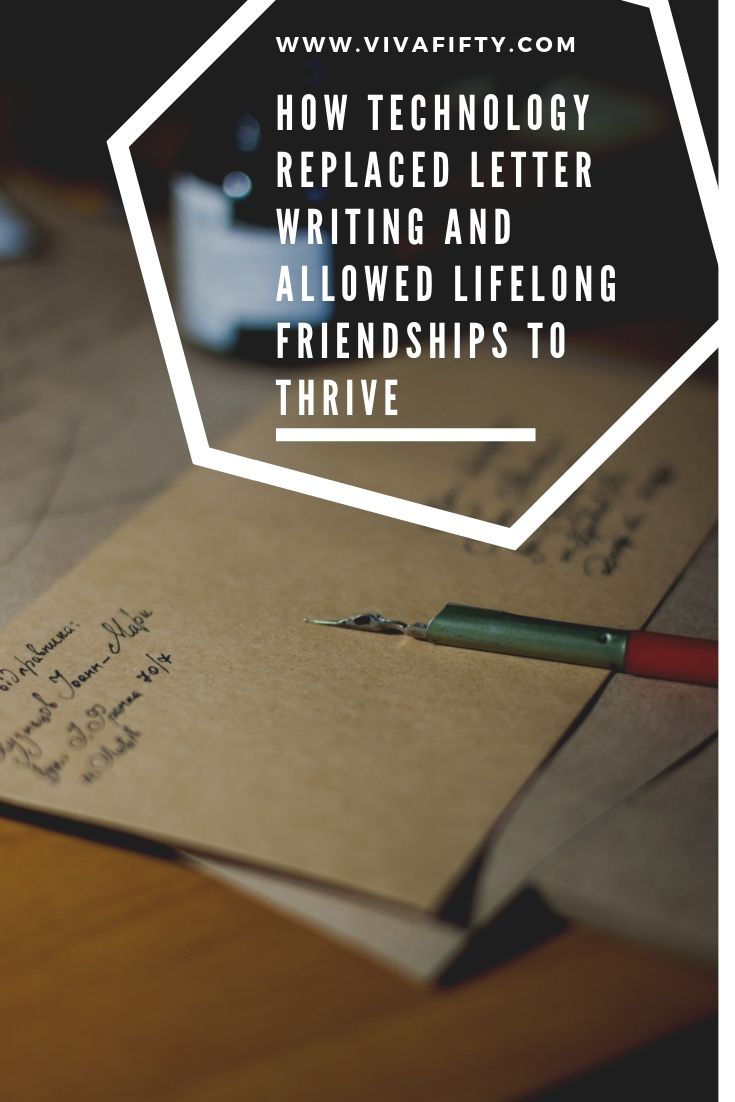I was listening to a lecture on the book by George Prochnik The Impossible Exile, a biography of Stefan Zweig, the celebrated Austrian writer, and it struck me as odd to hear that on top of all his tremendous literary output, he had written over 3000 letters.
He may have used a typewriter, or a fountain pen, or perhaps he dictated to a secretary, but I still find it amazing.

Friendship was bonded with letters
I know that people in the 19thcentury kept up with each other by means of letter-writing.
I myself kept in touch with my parents across the Atlantic by writing letters when I was a young man.
I also had the remote possibility of phoning but, alas, not that often.
Perhaps I phoned twice in six years, mainly because it was expensive and cumbersome: an appointment had to be made with the Bell Telephone Co., which in turn had to contact Telefónica Nacional de España in order to fix a date and time.
And then the connection was usually shoddy, with interruptions, and we shouted at the top of our voices – after all, we were an ocean apart.
And I wound up with the feeling that my mother had not sounded like my mother. And so I wrote sometimes.
My father, not much of a letter writer, sent one very occasionally.
Most authors of the 19th century kept in touch, kept up friendships, sending missives to one another.
Friendship was bonded with letters.
I have few friends. Lasting friendships, I believe, are made before we turn 20, while at school.
Of all the acquaintances I had before that, most are dead, gone, decrepit or in old-folks homes. But three are remaining.
And we used to be in touch by means of the old-fashioned method of letter-writing, which meant that very occasionally we would receive an envelope addressed to us containing a few sheets of onion-skin paper (we paid by weight) with stale information – letters took time to cross the Atlantic, even if air mailed. (Par avion, por avión, air-mail, we could see on envelopes.)
So my Duquesne University friend Silvano Corrêa, who hailed from Brazil and now makes his home there, exchanged some letters with me, but not many.
It was a hassle, this letter writing business, let me tell you. And that is why I was intrigued with Stefan Zweig and his prolificness.

Friendship is bonded fast with the glue of technology
Both Silvano Corrêa and I are lucky. We have lived long enough to be able to profit from what imbeciles call the new technologies.
And, old and doting as we may be, we can be in touch at any minute, in real time.
We exchange information about our family affairs, our health, our sports activities –yes, our sports activities- about the books we are reading, his travels –he is always on the go- and we can chat free –gratis, mind you- with clear and easy-to-understand connections.
Recently Silvano sent me a snapshot of the two of us, taken in Pittsburgh, Pa. light years ago.
We are no longer the same, but our friendship has stayed the same, maybe grown stronger. A friendship bonded fast with the glue of technology.
Friendship is a very fragile plant that needs constant watering, pruning, and tender love and care.
Technology allows keeping many a friendship alive so it does not end up in the graveyard of dead and forgotten relationships. And technology has rendered obsolete the old saw out of sight, out of mind.






Leave a Reply